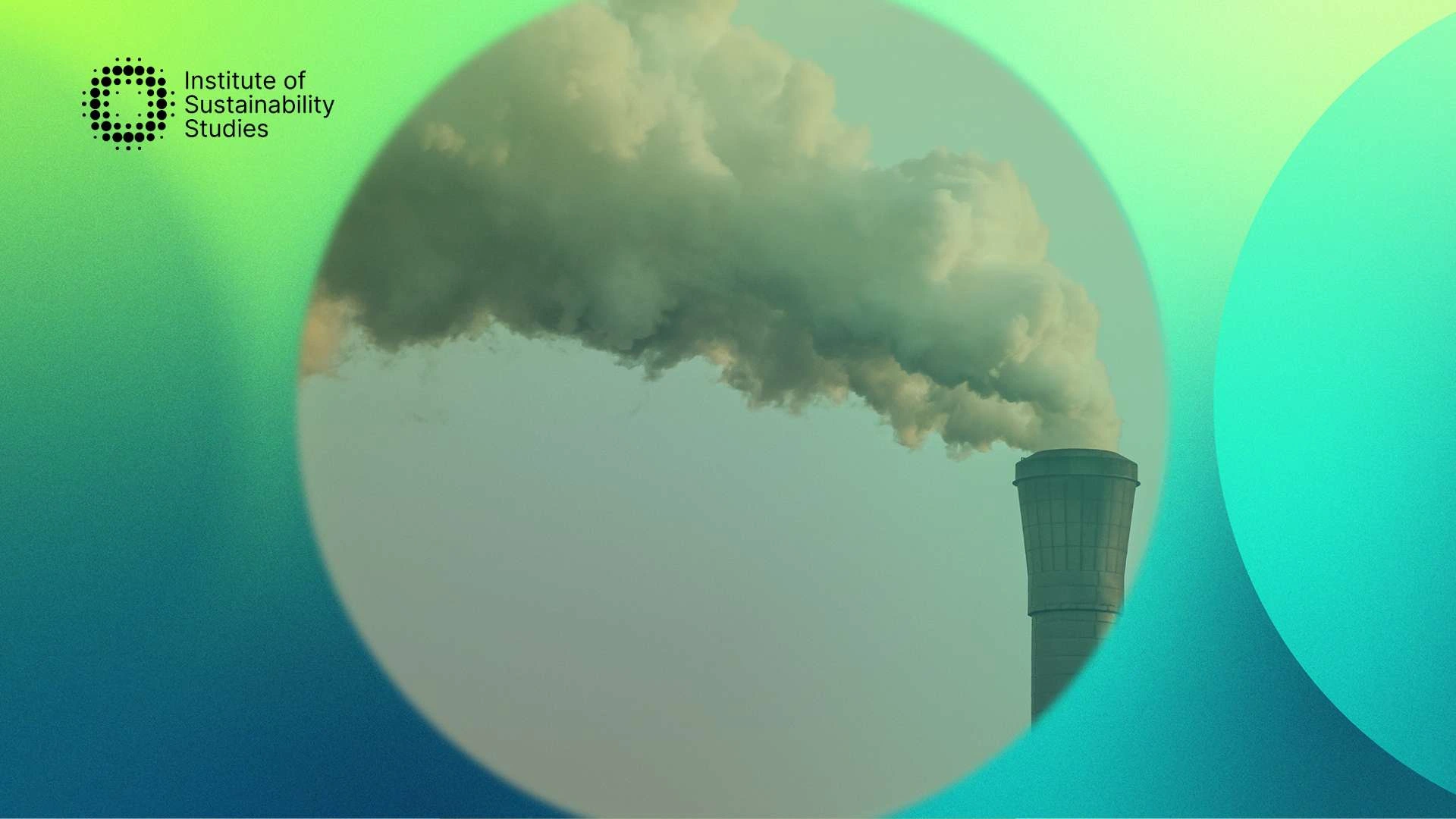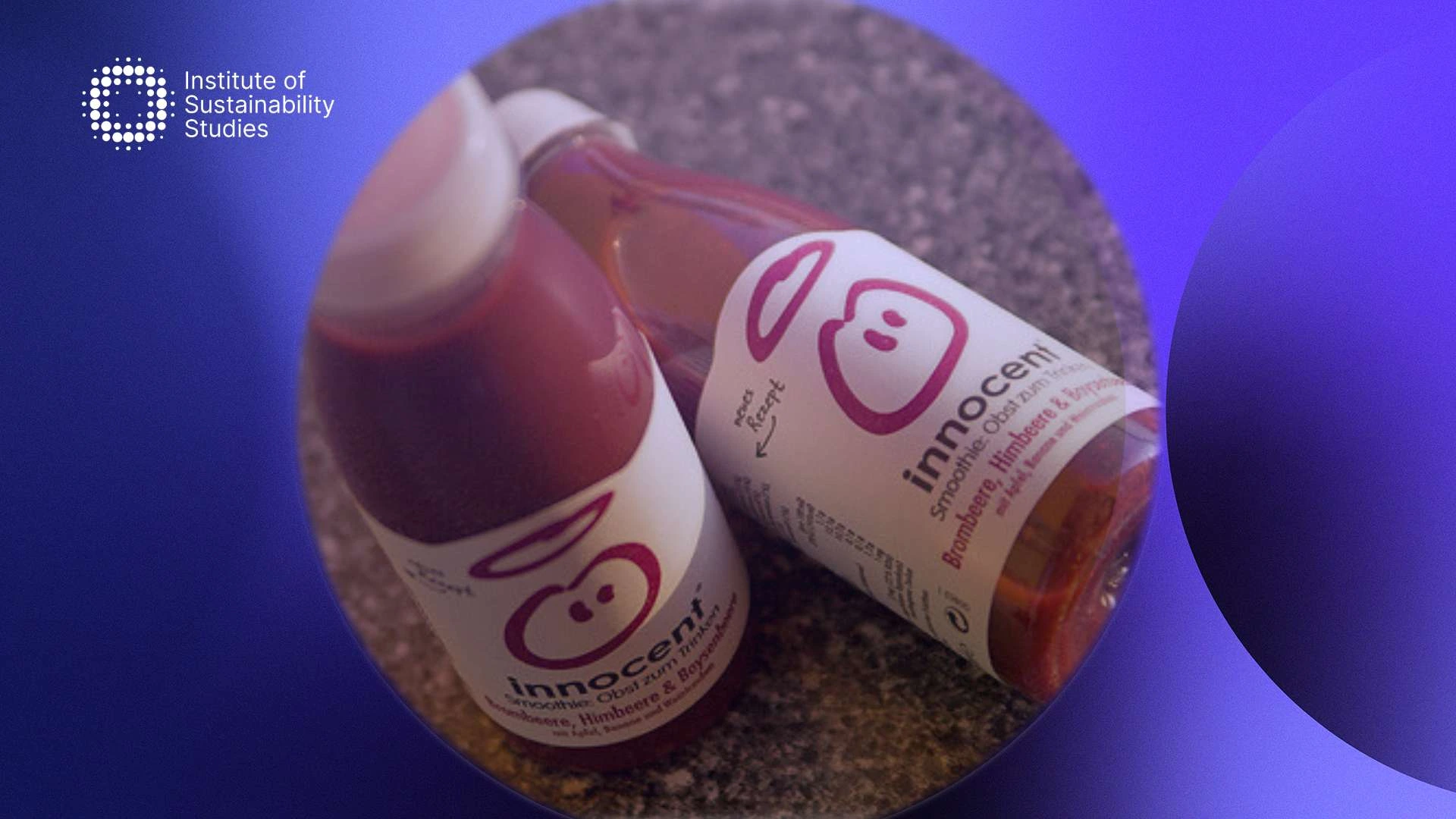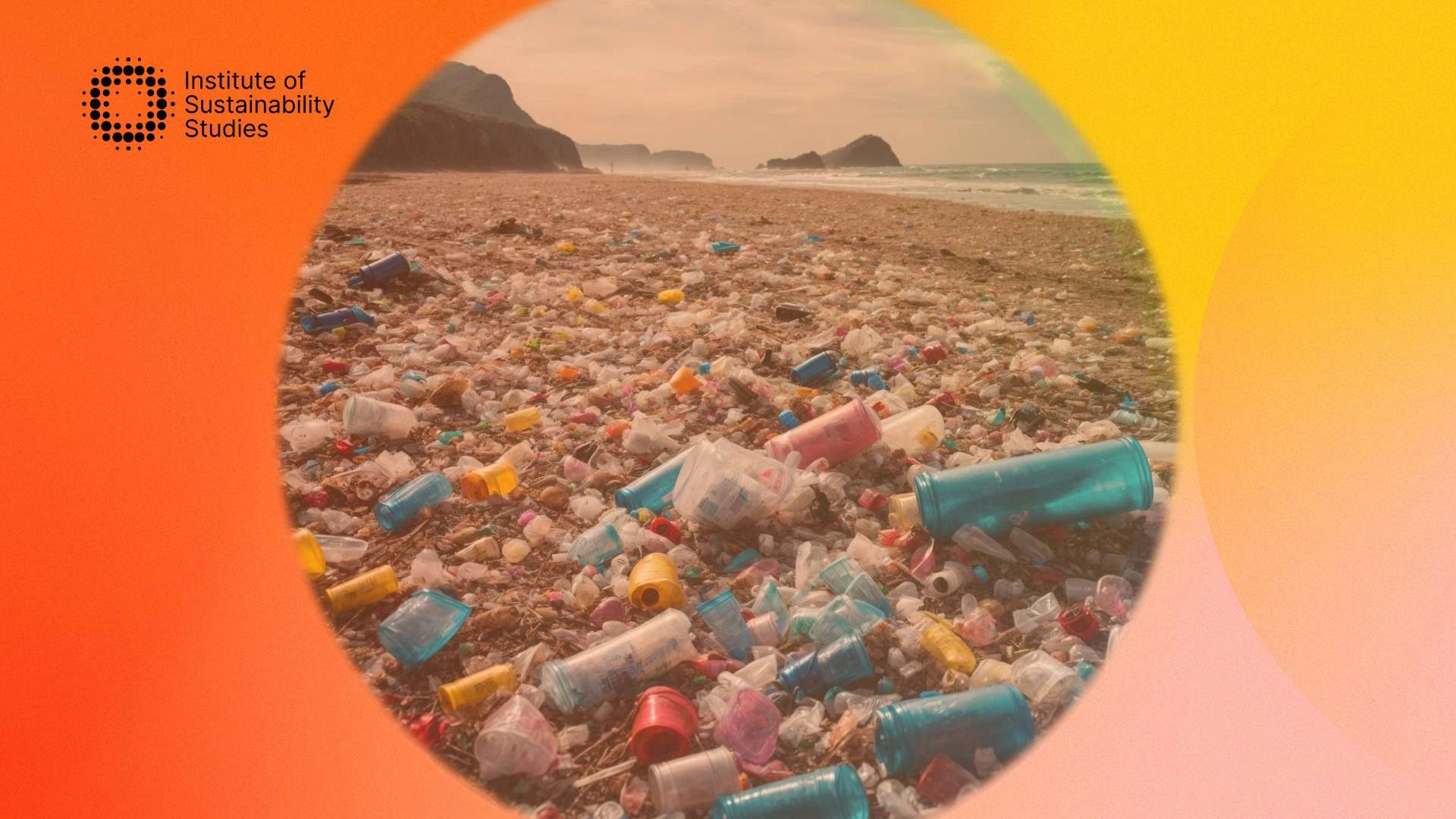Recycling is a fundamental component of business sustainability, playing a crucial role in conserving natural resources and mitigating environmental impact. As the world grapples with the challenges of resource depletion and pollution, recycling emerges as a practical solution to extend the life cycle of materials and reduce waste.
When implemented correctly, recycling not only helps preserve finite resources but also significantly cuts down on energy consumption and greenhouse gas emissions, contributing to a healthier planet. This article delves into the myriad benefits of recycling, examines its limitations, and offers insights into best practices and common misconceptions.
How does recycling help the environment?
When done correctly, recycling can have many benefits for the environment. The world’s natural resources are finite, and some are in very short supply. Therefore, when items are reused, we can conserve natural resources. For instance, recycling plastic means we are creating less new plastic and curbing our reliance on fossil fuels.
By recycling metal, we reduce the need for expensive, risky, and damaging mining and extracting of new metal ores. Recycling also minimises the need to grow, harvest, and extract new materials from the Earth. This means we can lessen the amount of harmful damage and disruption that is being done to the natural world.
Therefore, we minimise pollution, cut down fewer forests, and prevent wild animals from being harmed. Moreover, there is the issue of waste potentially polluting waterways and coastlines that impact ecosystems and wildlife. Recycling facilitates the ability to create products from recycled materials too.
This requires much less energy than when products are made from new raw materials. Making aluminium cans from recycled aluminium uses approximately 95 percent less energy than raw bauxite. Additionally, recycling helps us on our wider mission to reduce emissions. With recycling, we use less energy in sourcing and processing new raw materials, so naturally, the activity produces lower carbon emissions.
It has been estimated that recycling has the potential to cut carbon emissions by the equivalent of between 10.4 and 11.2Gt of carbon dioxide equivalent (CO2e) emissions between 2020 and 2050. This is equivalent to the amount of carbon dioxide Japan emits annually.
Limitations of recycling
While recycling can be instrumental in reducing waste and conserving resources, it has several limitations that can minimise its effectiveness.
Quality degradation
Many materials, especially plastics, degrade in quality during the recycling process. This limits their usability in manufacturing new products. Therefore, new materials must be used to maintain product quality.
Economic constraints
The recycling process can be economically unviable due to the high costs of collection, sorting, and processing. For some materials, the cost of recycling exceeds the cost of producing new materials.
Contamination issues
Recyclable materials are often contaminated with food, liquids, or other non-recyclable waste, reducing the efficiency and effectiveness of recycling processes. Contaminated materials can damage recycling machinery and lower the quality of recycled products.
Limited market demand
The market demand for certain recycled materials is low. Without sufficient demand, recycled materials can end up being stockpiled or sent to landfills.
Energy consumption
Some recycling processes are energy-intensive, potentially reducing the overall environmental benefits. For instance, recycling certain metals or plastics can consume significant amounts of energy.
Complex product designs
Modern products are often composed of multiple materials, making them difficult to recycle. For instance, electronic devices contain metals, plastics, and other components. These materials must be separated before recycling, which makes the process more challenging.
Regulatory and infrastructure challenges
Inconsistent recycling regulations and lack of infrastructure can hinder recycling efforts. In many regions, the facilities and systems required to effectively recycle certain materials are lacking or underdeveloped.
Public participation
Effective recycling relies heavily on public participation and proper sorting of recyclables at the source. With this in mind, a lack of public awareness or motivation can lead to improper recycling practices. This reduces the efficiency of recycling programmes.
Debunking common misconceptions of recycling
1. Paper and cardboard are always recyclable
Despite what many might think, cardboard and paper are not always recyclable. If the items are soiled with food, they cannot be recycled. Instead, items with grease or food on them should be placed into the compost bin.
2. Any plastic items marked with the chasing recycling arrows symbols are recyclable
Another common misconception associated with recycling is that any plastic items that are marked with the chasing recycling arrows symbol are recyclable. However, this is not always the case.
This approach was adopted by the plastics industry in the late 1980s and the number inside denotes which type of plastic resin is used to make the packaging. Of the seven categories of plastics the numbers identify, only two of them are consistently recycled. In saying that, the symbol is also unregulated and does not mean the packaging it appears on is made from recycled plastic.
3. All types of glass bottles and jars can be recycled
Not all glass bottles and jars are created equal. There are so many different types of glass, and they each require different processing methods. Mixing these types can result in contamination and minimise the efficiency of the recycling process.
4. Recyclable and recycled-content mean the same thing
Another common misconception is that recyclable and recycled content means the same thing. However, recyclable means that a product can be recycled, whereas recycled-content means the item has been made from recycled materials. Just because a product is made from recycled materials does not automatically mean it can be recycled, as it may be made up of other materials that can not be put into the recycling bin.
5. Placing a non-recyclable item into the recycling bin is no big deal
This represents one of the biggest challenges faced in recycling because materials can only be recycled by a reprocessor if they are deemed good enough quality to use. When the wrong items are placed in the recycling bin, it causes various issues. For example, it slows down the sorting process since these items must be removed by hand.
Incorrect items can also potentially damage machinery since the machines are typically not designed for those kinds of materials. Additionally, if too many of the wrong items wind up in the recycling material steam and the contamination is too high, the full load must be diverted to incineration or landfill. This means the time and effort put into recycling in the first place was wasted.
Best practices and alternatives to recycling
Reduce and reuse
First up, before you go to put your rubbish in the bin, think about whether you could reuse it and how you might be able to reduce your waste. There are lots of alternatives on the market designed to help you curb your waste. Moreover, sometimes the items we throw away can be used for something else.
Make sure your waste is clean
For recycling to be successful, it is pivotal to try to avoid contamination. This means you need to clean your waste. For example, if you get tea or coffee and the cup is recyclable, make sure to wash it out before you place it in the recycling bin.
Beware of greenwashing
It is also important to be conscious of greenwashing as some companies may be claiming their products are recyclable when they are not. Therefore, you should do your due diligence by researching the business and reviewing its certifications to ensure its products are genuinely recyclable.
Shopping sustainably
In line with the above points, shopping sustainably will help you reduce your waste and adhere to recycling best practices. Nowadays, there is a sustainable alternative for practically every product, whether it be a reusable water bottle or reusable coffee pods, for example.
Conclusion
Recycling, despite its challenges, remains an essential practice for promoting environmental sustainability and reducing waste. While the process faces hurdles, its benefits in conserving resources and reducing emissions are undeniable.
By understanding and addressing these limitations and adopting best practices, we can make recycling more effective. However, it is important to remember that recycling cannot be the only solution; we must commit to reducing and reusing first. As we continue to educate ourselves and make informed choices, we can move closer to a more sustainable and eco-friendly future.
Dedicated to harnessing the power of storytelling to raise awareness, demystify, and drive behavioural change, Bronagh works as the Communications & Content Manager at the Institute of Sustainability Studies. Alongside her work with ISS, Bronagh contributes articles to several news media publications on sustainability and mental health.
- Bronagh Loughlinhttps://instituteofsustainabilitystudies.com/insights/author/bronagh/
- Bronagh Loughlinhttps://instituteofsustainabilitystudies.com/insights/author/bronagh/
- Bronagh Loughlinhttps://instituteofsustainabilitystudies.com/insights/author/bronagh/
- Bronagh Loughlinhttps://instituteofsustainabilitystudies.com/insights/author/bronagh/









